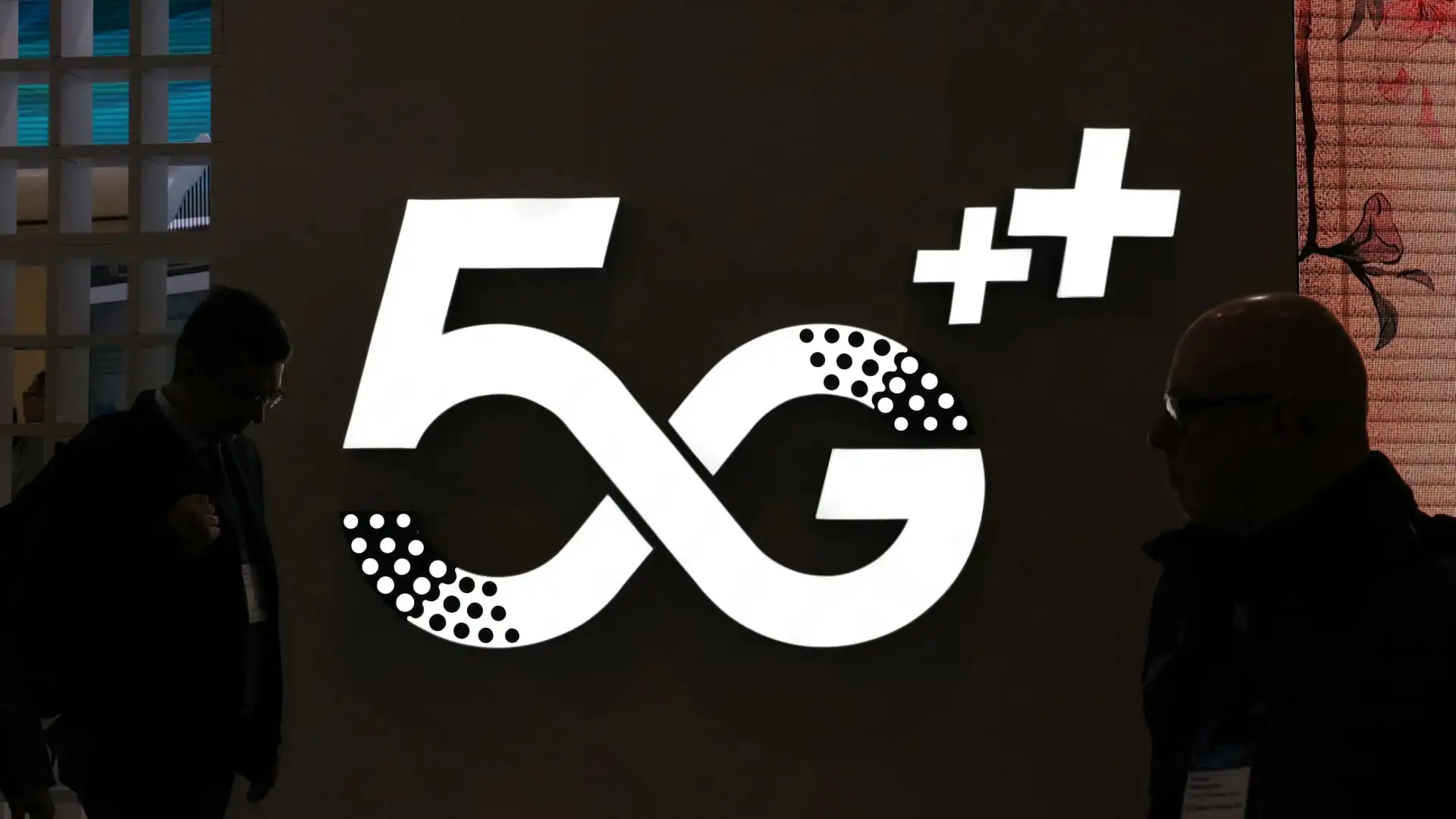Telcos are barely done rolling out 5G networks — and they're already talking about '5.5G'
Telcos are barely done rolling out 5G networks — and they're already talking about '5.5G'

Telcos are barely done rolling out 5G networks — and they're already talking about '5.5G'
